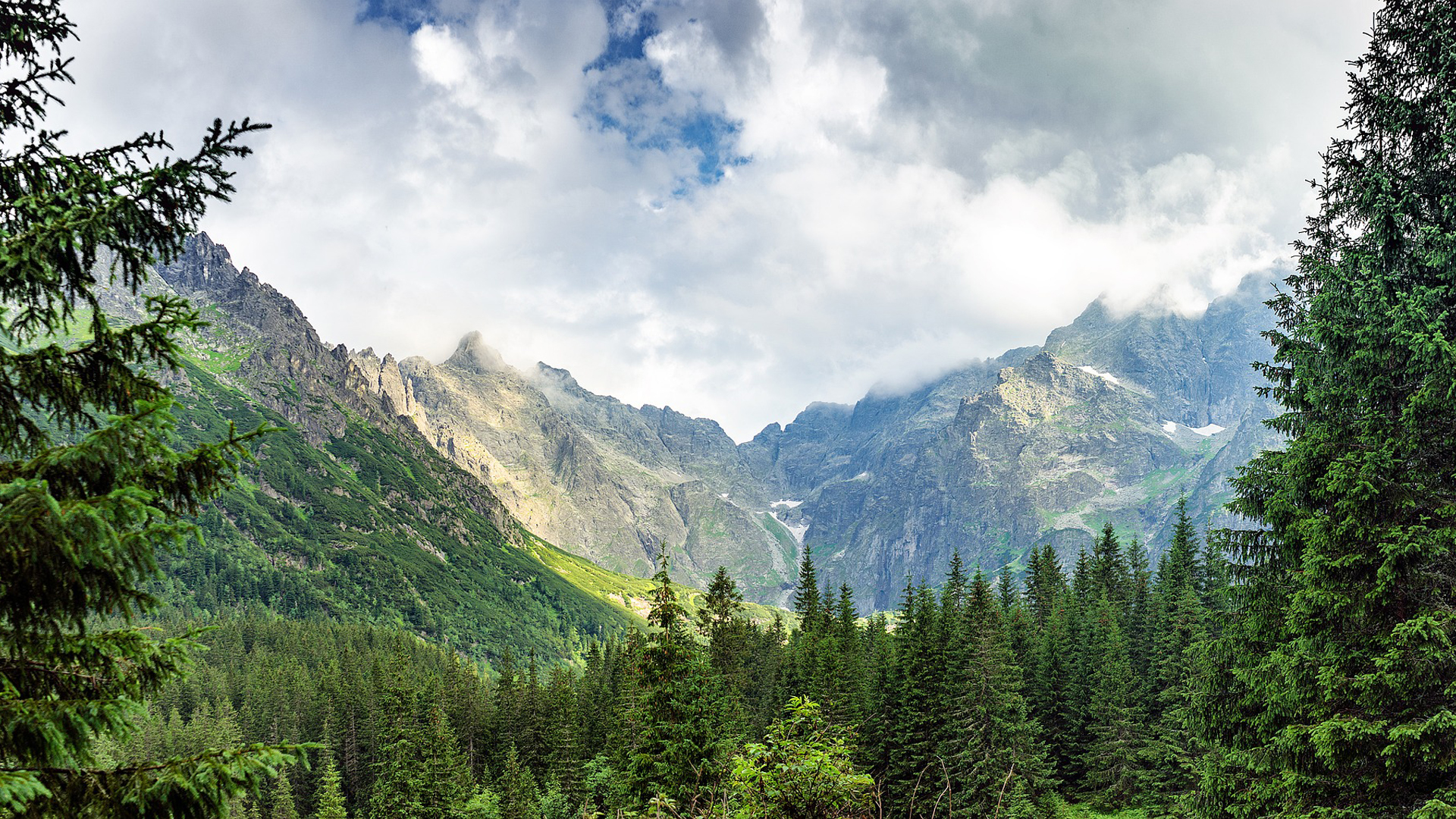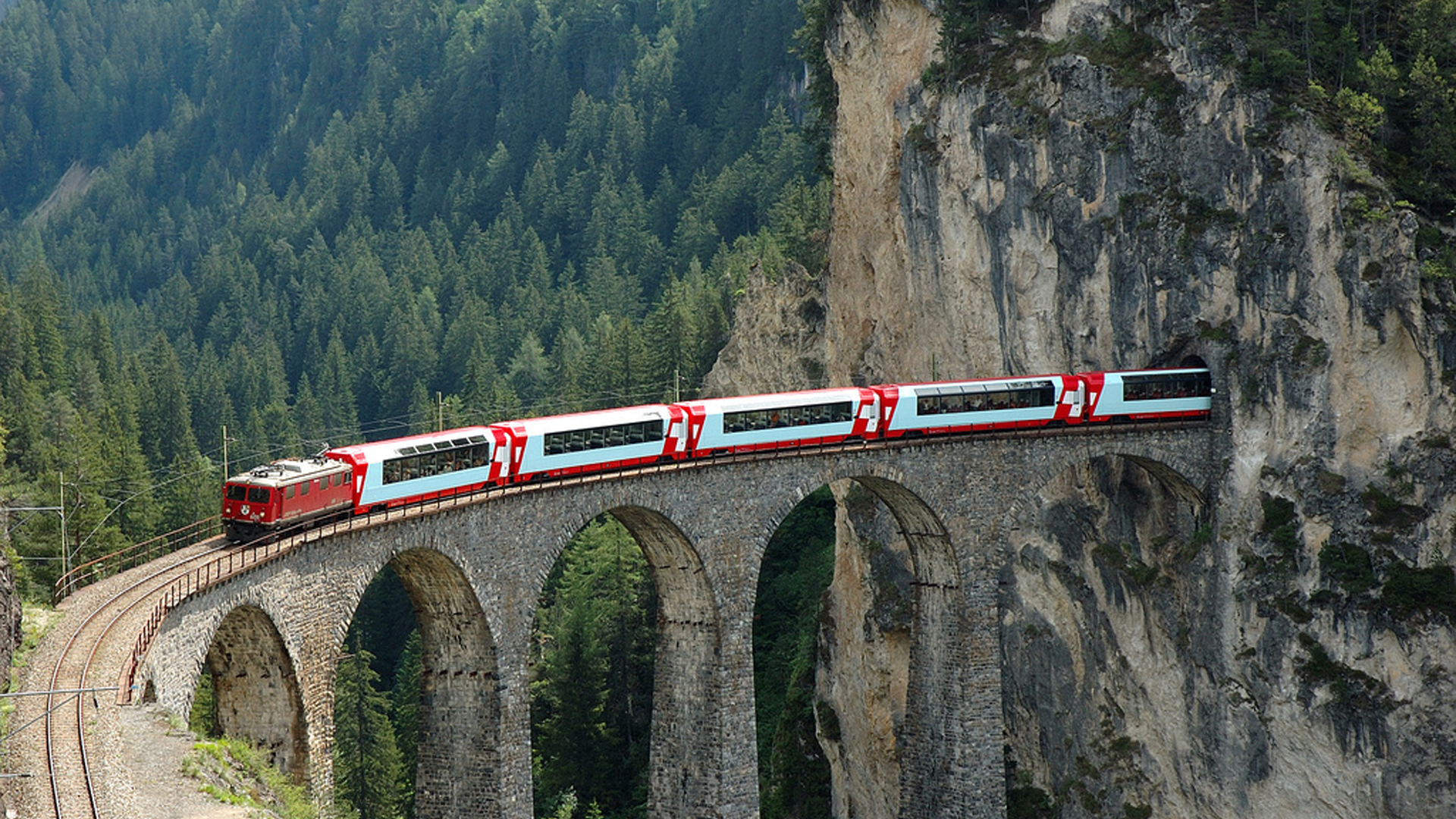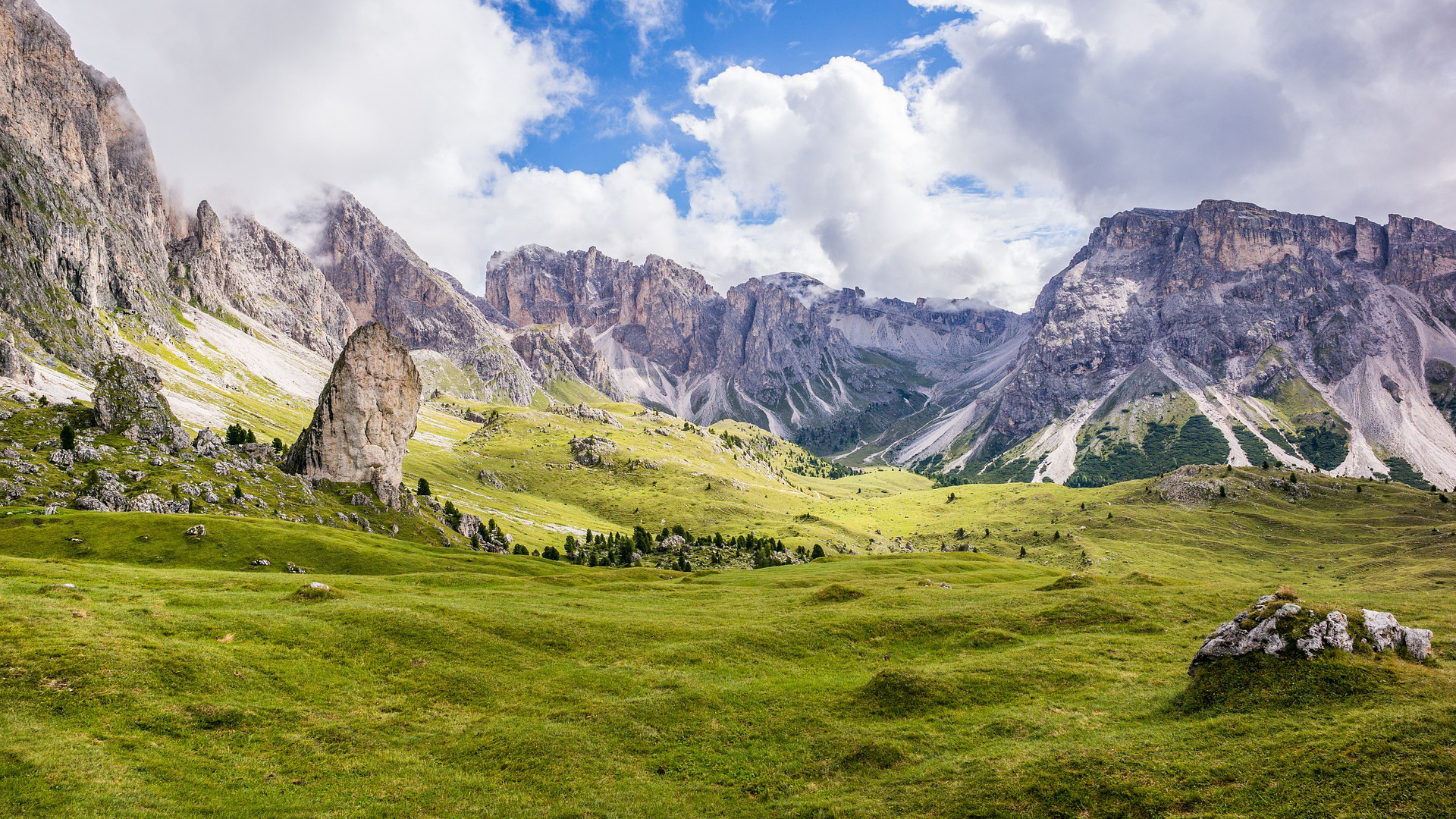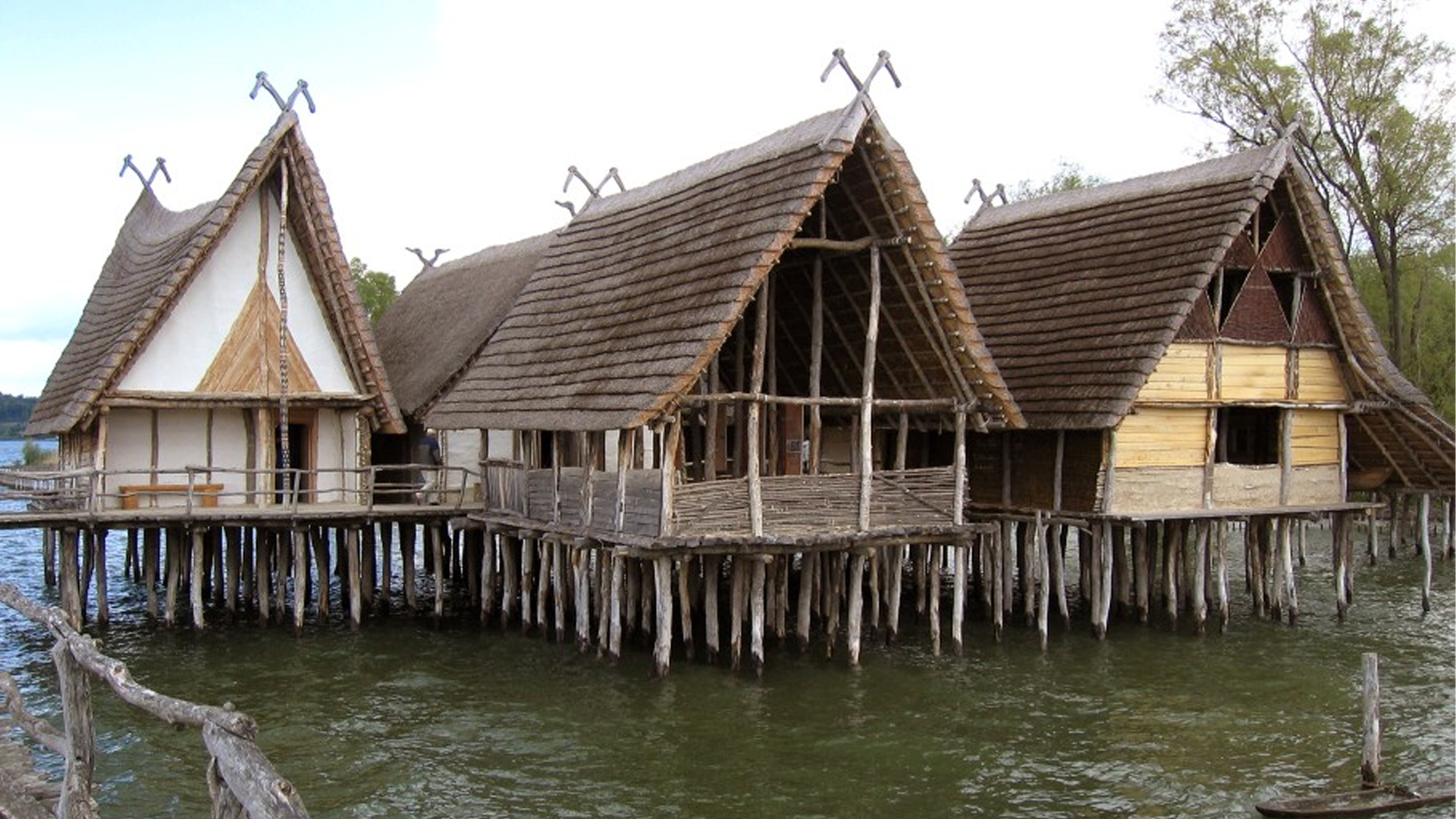Italy boasts more World Heritage sites than any other country in the world. It has 53 cultural and five natural UNESCO World Heritage sites, for a grand total of 58. UNESCO World Heritage Sites are deemed to be of “outstanding value to humanity.” These sites are actively identified, protected, and preserved under the Convention concerning the Protection of the World Cultural and Natural Heritage, which was adopted in 1972.
Every week, America Domani will release a list, and brief description, of 5 UNESCO World Heritage Sites, listed in the order in which they were inscribed. Last week’s list included Val D’Orcia, Syracuse and the Rocky Necropolis of Pantalica, and the Sacri Monti of Piedmont and Lombardy.
Ancient and Primeval Beech Forests of the Carpathians and Other Regions of Europe

This transnational landscape spans 18 countries. Since the end of the last Ice Age, the European Beech tree has spread from the Alps, Carpathians, Dinarides, Mediterranean, and Pyrenees. The tree is adaptable and has a tolerance to various climatic, geographical, and physical conditions.
Mantua and Sabbioneta

Mantua and Sabbioneta are two Renaissance towns that represent the two aspects of city planning during the era. Mantua’s layout is more irregular, as it’s growth stems from the Ancient Romans, and represents the Renaissance era’s planning of renewing and extending an existing city. Sabioneta was created in the second half of the 16th century and can be described as a single-period city. Both cities embody the urban, architectural and artistic inclinations of the Renaissance.
Rhaetian Railway in the Albula/Bernina Landscapes

This railway is composed of two historic railway lines that cross the Swiss Alps through two passes. The Albula line opened in 1904, spans 67 km, includes 42 tunnels, and 144 viaducts and bridges. The 61 km Bernina pass features 13 tunnels and galleries and 52 viaducts and bridges. According to UNESCO, they are an “exemplary of the use of the railway to overcome the isolation of settlements in the Central Alps early in the 20th century, with a major and lasting socio-economic impact on life in the mountains.”
The Dolomites

The Dolomites are a mountain range in the northern Italian Aps, has 18 peaks, the tallest of which rise to 3,000 meters above sea level. The area is also home to one of the best examples of preservation of the Mesozoic geologic period, which lasted from 252 to 66 million years ago.
Prehistoric Pile Dwellings around the Alps

This area comprises 111 small individual sites that house the remains of prehistoric pile-dwelling settlements, built from around 5,000 to 500 B.C. They’re located on the edges of lakes, rivers, and wetlands and provide a glimpse into the Neolithic and Bronze Age periods in Alpine Europe.
Asia London Palomba
Asia London Palomba is a trilingual freelance journalist from Rome, Italy. In the past, her work on culture, travel, and history has been published in The Boston Globe, Atlas Obscura, The Christian Science Monitor, and Grub Street, New York Magazine's food section. In her free time, Asia enjoys traveling home to Italy to spend time with family and friends, drinking Hugo Spritzes, and making her nonna's homemade cavatelli.

